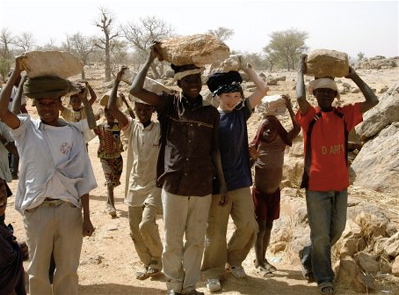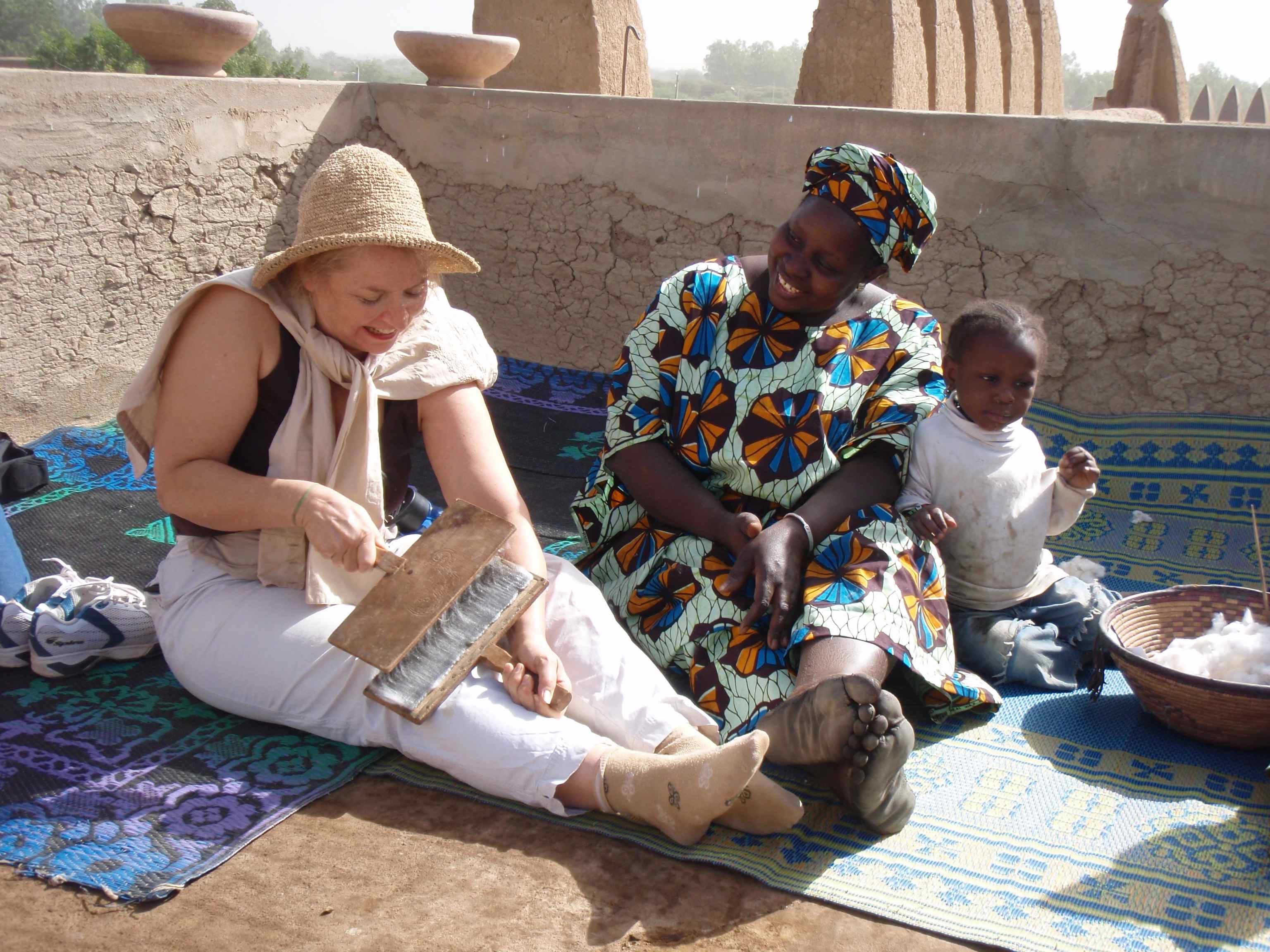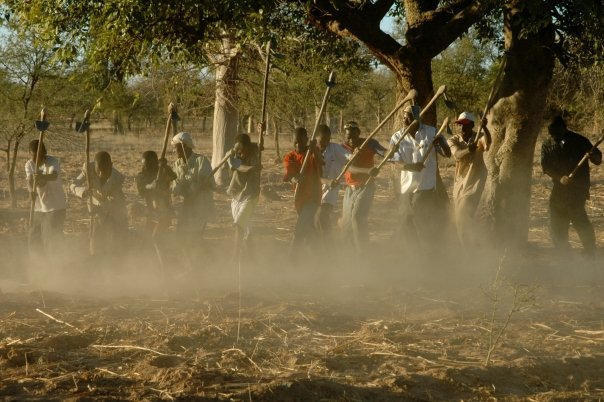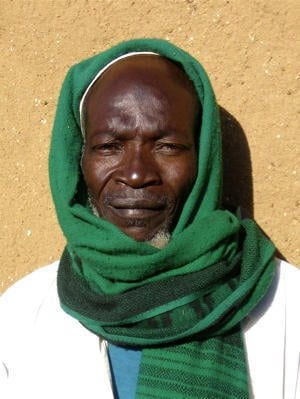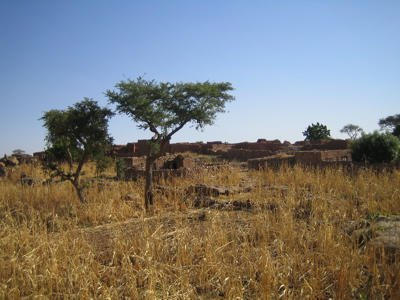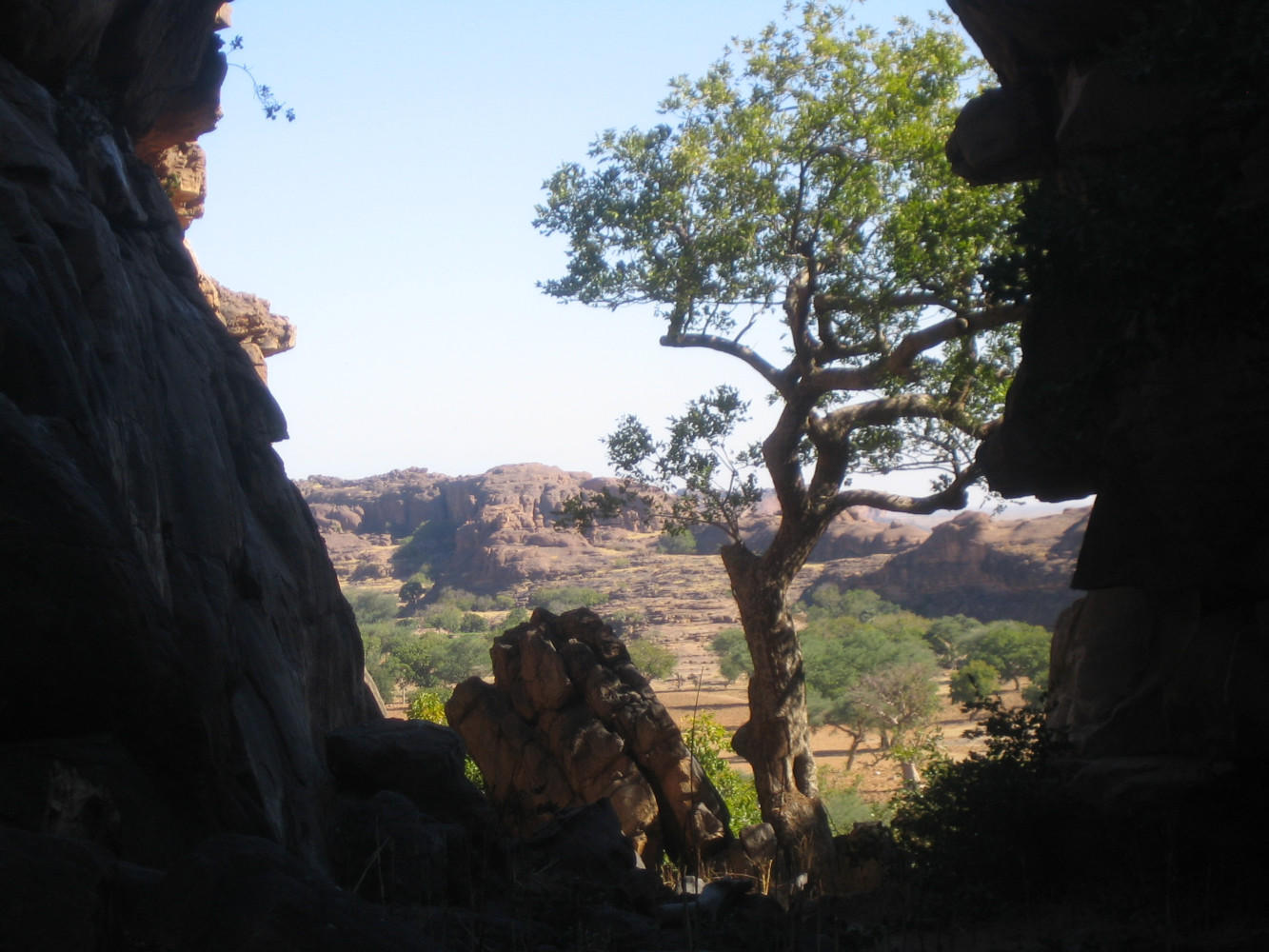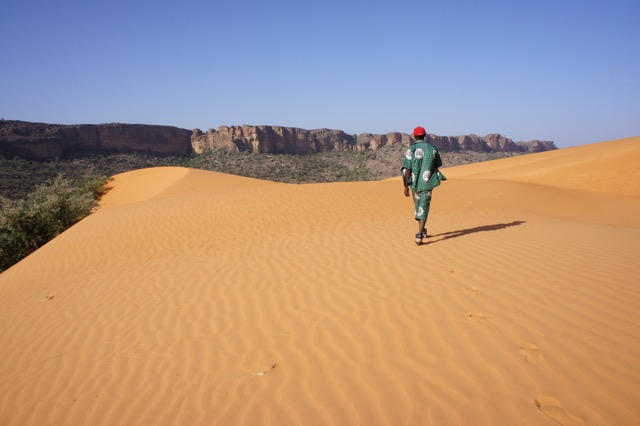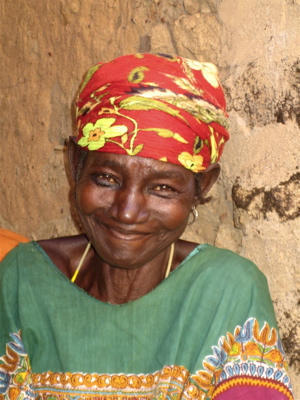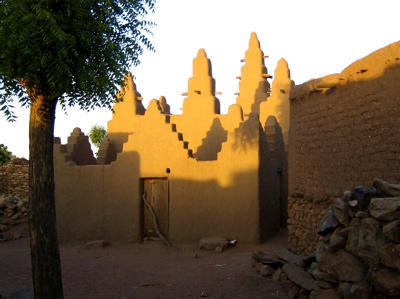Projet du Bénévolat au Mali
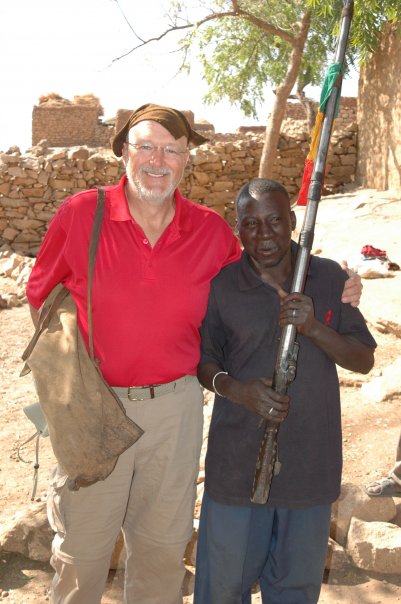

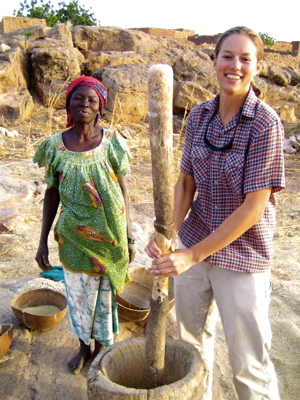
"Nous avons eu droit à des vues brillantes sur des aspects de la vie à Kansongho. Accueillis par toute la communauté, nous avons également été accueillis en tant qu'individus et amenés à une meilleure compréhension alors que les habitants de Kansongho partagent leurs propres histoires personnelles, partageaient leur confort, travaillaient avec nous à côté de nous. côté, nous a appris leurs chansons, célébré de grandes joies et parlé de chagrin et de difficultés. Je ne peux qu'espérer que les différences et les similitudes de nos cultures se sont améliorées mutuellement. Nous sommes en effet un peuple qui partage beaucoup plus que je ne l'avais imaginé."
- Julie, bénévole du Minnesota
Projet du Bénévolat au Mali
Aperçu
La Fondation Tandana recherche un petit groupe de personnes dévouées et ouvertes d'esprit pour se joindre à une excursion au Mali, où nous passerons du temps à travailler avec un village sur un projet que le village en assemblée a désigné comme priorité. Nous recherchons des volontaires prêts à venir se salir avec nous, à vivre dans des villages locaux et à être surpris par la générosité et l'hospitalité de nouveaux amis. Avant et après notre travail, nous serons récompensés par une visite de la campagne spectaculaire et diversifiée du Mali, à la rencontre de toutes sortes de personnes en cours de route, des pêcheurs aux nomades, des sculpteurs sur bois aux producteurs de textile. Ce voyage est une excellente occasion de visiter une région reculée et magnifique, et en même temps de redonner en soutenant les efforts locaux.
Ce que vous pouvez faire lors de ce voyage:
Aidez un village à construire une banque de céréales
Participez à la vie quotidienne aux côtés des villageois
Voyagez en pinasse sur le fleuve Niger et dormez sous les étoiles
Admirez la mosquée de Djenné, la plus grande structure en briques de terre crue du monde
Découvrez et expérimentez les arts locaux tels que les tissus de boue (bogolan) et la danse
Coût:
2600 $, n'inclut pas le billet d'avion pour Bamako, Mali, mais comprend tous les transports, la nourriture, l'hébergement et les activités dans le pays.
Exemple d'itinéraire pour Mali Volunteer Venture
Jour 1
Arrivée à Bamako sur un vol du soir.
Jour 2
Dormir, orientation, conduire à Ségou.
Jour 3
Conduire à Djenné, voir le marché.
Jour 4
Visitez la célèbre mosquée de Djenné, visitez des artisans et fabriquez nos propres tissus de boue, conduisez jusqu'à Sévaré.
Jour 5
Rendez-vous au village de Sal-Dimi, rencontrez nos hôtes et célébrez le fait d'être ensemble.
Jours 6 à 10
Travaillez avec les villageois sur le projet de construction. Après le travail, détendez-vous avec les villageois, buvez du thé malien et découvrez la culture locale.
Jour 11
Rendez-vous au village de Kansongho, rencontrez nos amis là-bas et célébrez le fait d'être ensemble.
12e jour
En Kansongho, aidez les femmes à construire une latrine pour leur banque de coton. Visitez les projets passés de Tandana. Arrosez les arbres fruitiers du verger.
Jour 13
Dites adieu à vos amis à Kansongho, conduisez à Sevare et savourez un bon dîner.
Jour 14
Visitez le port de Mopti et montez à bord d'une pinasse sur le fleuve Niger, remontez le fleuve et dormez à la belle étoile.
Jour 15
Continuation du voyage pinasse jusqu'à Diafarabe, route vers Ségou.
Jour 16
Conduire à Bamako, dîner final, départ en vol tardif.
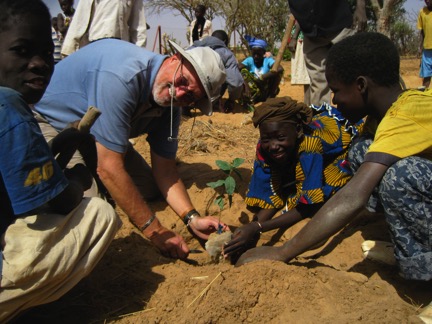
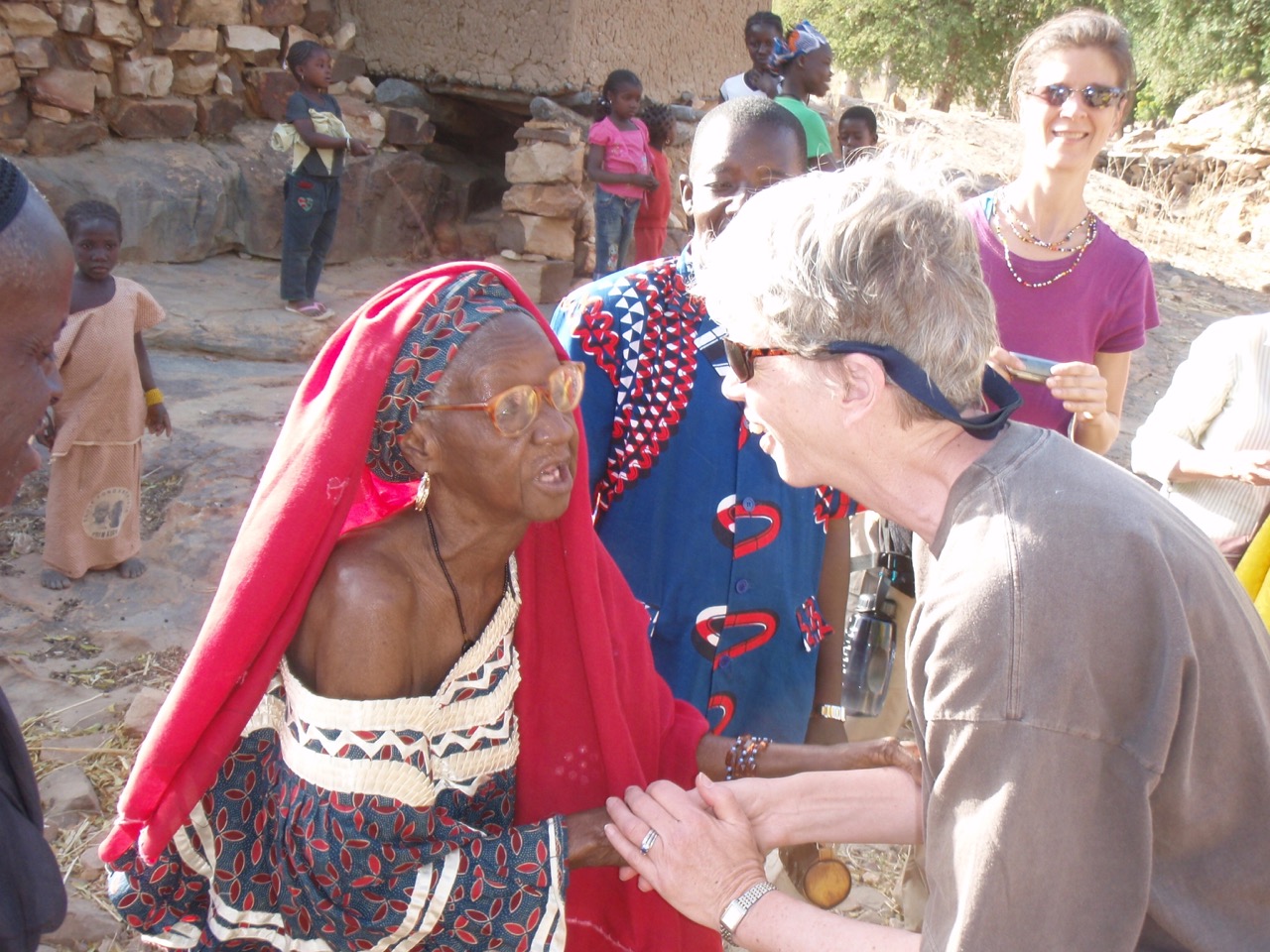
Projet du bénévolat au Mali - Questions fréquemment posées
Pourquoi les Mali Volunteer Ventures sont-ils suspendus?
Nous sommes en attente en raison de préoccupations pour la sécurité des étrangers voyageant au Mali en ce moment. Notre personnel local au Mali est originaire de la région, donc heureusement, ils sont en sécurité et en bonne santé, tout comme tous les villageois avec lesquels nous travaillons.
Quand les voyages de bénévoles reprendront-ils?
Vous n'êtes pas les seuls à demander! Nos amis au Mali demandent fréquemment quand le prochain groupe de volontaires viendra et sont impatients de nous accueillir à nouveau. Assurez-vous que nous planifierons la prochaine initiative de volontariat au Mali dès que le département d'État lèvera l'avertissement de voyage pour les citoyens américains au Mali. Même si nous avons tous hâte de reprendre, la sécurité est vitale.
Que se passe-t-il avec les projets lancés par d'anciens volontaires?
Nos projets se poursuivent avec un grand succès grâce au leadership de notre personnel local. Nous sommes en contact étroit avec eux et continuons à y soutenir de nombreuses initiatives importantes. Vous pouvez visiter notre page «Ce que nous faisons» pour voir nos activités actuelles et passées. Mais n'ayez crainte, il y aura beaucoup plus à faire une fois sur place.
Les habitants du Cercle de Bandiagara ne manquent jamais de fournir un accueil chaleureux et unique à la Fondation Tandana. Avec un effort communautaire enthousiaste, les villageois saluent leurs nouveaux amis avec des expositions de fusil, tambours, chantant, dansant, des sketches et des discours-et dès le premier "Bonjour, " Tandana bénévoles se sentent à la maison.
Située à proximité de la frontière orientale du Mali, le Cercle de Bandiagara, désignée site du patrimoine mondial de l' UNESCO, abrite environ 350 000 personnes Dogon, ainsi qu'un grand nombre de Peuls et de Bambara. L'agriculture du peuple Dogon est principalement l'agriculture de subsistance, avec une focalisation sur le millet, le sorgho et les arachides. Les oignons sont également cultivés là où l'eau est disponible et ensuite vendus sur les marchés. En dépit des fortes influences de l'Islam, de la colonisation français et du christianisme, le peuple Dogon conserve un grand nombre de ses modes de vie traditionnels et de son patrimoine culturel commun, y compris des objets tels que des masques, des sculptures et des teintures, faits à la fois à l'indigo et à la boue techniques, ainsi que de nombreux festivals et danses anciennes. La vie quotidienne du peuple Dogon est l'un des travaux acharnés : marcher des milles pour le bois de chauffage, tirer l'eau des puits profonds à la main et briser les pierres du substratum rocheux pour les projets de construction. Leur lutte pour répondre à leurs besoins dans cette terre aride motive les villageois à entreprendre des projets pour améliorer leur situation et semble approfondir leur joie en célébrant leurs accomplissements et leurs nouvelles amitiés.
UNESCO, abrite environ 350 000 personnes Dogon, ainsi qu'un grand nombre de Peuls et de Bambara. L'agriculture du peuple Dogon est principalement l'agriculture de subsistance, avec une focalisation sur le millet, le sorgho et les arachides. Les oignons sont également cultivés là où l'eau est disponible et ensuite vendus sur les marchés. En dépit des fortes influences de l'Islam, de la colonisation français et du christianisme, le peuple Dogon conserve un grand nombre de ses modes de vie traditionnels et de son patrimoine culturel commun, y compris des objets tels que des masques, des sculptures et des teintures, faits à la fois à l'indigo et à la boue techniques, ainsi que de nombreux festivals et danses anciennes. La vie quotidienne du peuple Dogon est l'un des travaux acharnés : marcher des milles pour le bois de chauffage, tirer l'eau des puits profonds à la main et briser les pierres du substratum rocheux pour les projets de construction. Leur lutte pour répondre à leurs besoins dans cette terre aride motive les villageois à entreprendre des projets pour améliorer leur situation et semble approfondir leur joie en célébrant leurs accomplissements et leurs nouvelles amitiés.
